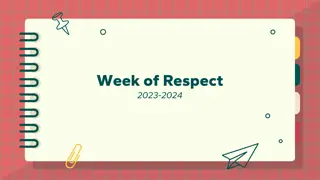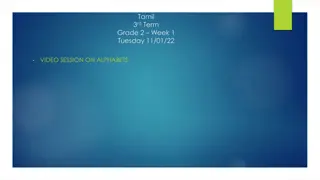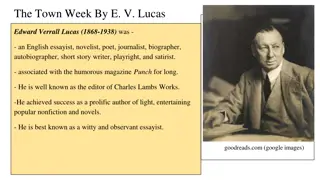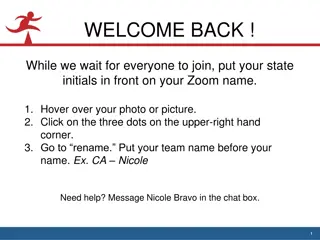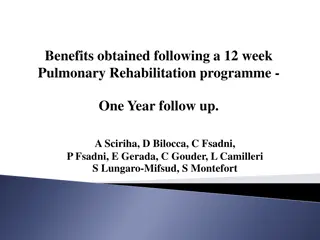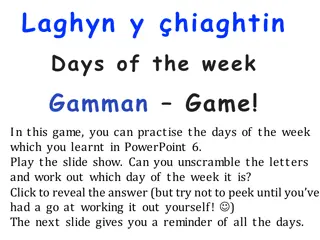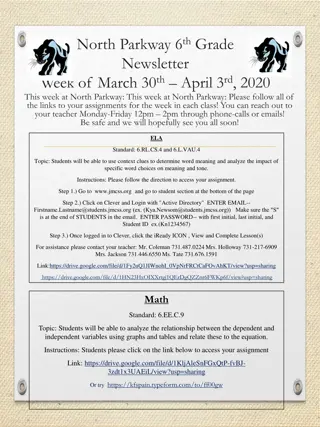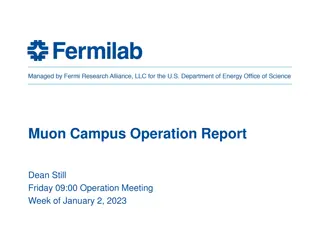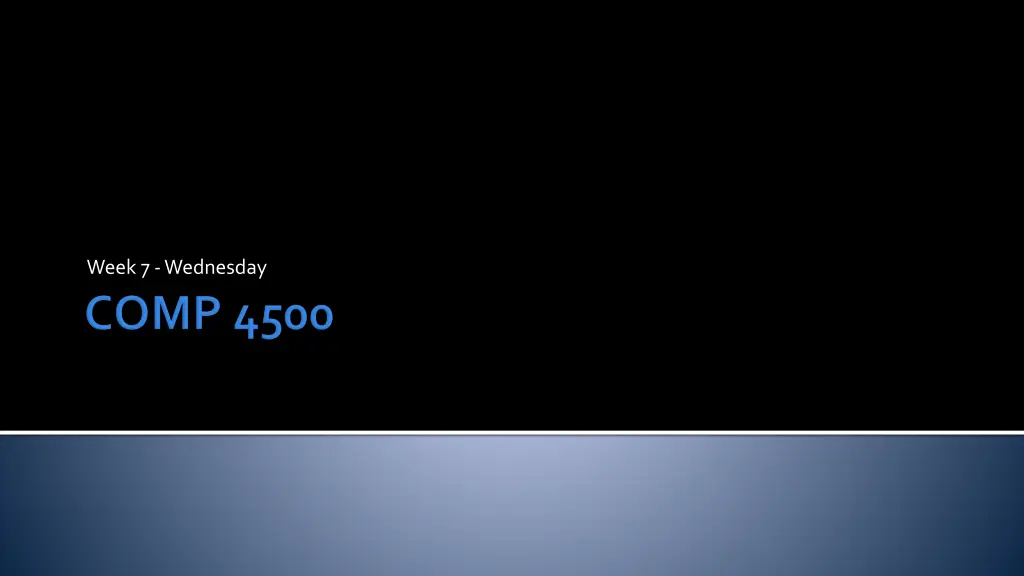
Mathematical Tricks and Techniques
Explore various mathematical concepts including closest pair of points, concentration mixing puzzles, and hand multiplication techniques. Dive into base 2 calculations and learn about breaking down numbers for efficient multiplication. Discover the strategies involved in multiplying n-bit numbers and the logic behind simplifying complex operations.
Download Presentation

Please find below an Image/Link to download the presentation.
The content on the website is provided AS IS for your information and personal use only. It may not be sold, licensed, or shared on other websites without obtaining consent from the author. If you encounter any issues during the download, it is possible that the publisher has removed the file from their server.
You are allowed to download the files provided on this website for personal or commercial use, subject to the condition that they are used lawfully. All files are the property of their respective owners.
The content on the website is provided AS IS for your information and personal use only. It may not be sold, licensed, or shared on other websites without obtaining consent from the author.
E N D
Presentation Transcript
What did we talk about last time? Closest pair of points
A man has two 10 gallon jars The first contains 6 gallons of wine and the second contains 6 gallons of water He poured 3 gallons of wine into the water jar and stirred Then he poured 3 gallons of the mixture in the water jar into the wine jar and stirred Then he poured 3 gallons of the mixture in the wine jar into the water jar and stirred He continued the process until both jars had the same concentration of wine How many pouring operations did he do?
How long does it take to do multiplication by hand when we count single digit addition or multiplication as an operation? 123 x 456 738 615 492__ 56088 Let's assume that the length of the numbers is n digits (n multiplications + n carries) x n digits + (n + 1 digits) x n additions Running time:O(n2)
Imagine that we're in base 2, because it keeps things simple I want to find the product ? ? We can break ? (and similarly ?) into high-order part ?1and low-order part ?0such that ? = ?1 2 ?1 2 ?1 2 ? 2+ ?0 ? 2+ ?0 ? 2+ ?0 ?? = ? 2+ ?0?0 = ?1?1 2?+ ?1?0+ ?0?1 2
Not really! We turned the multiplication of two n-bit numbers into the multiplication (and then addition) of four n/2-bit numbers ? 2+ ?? Which is ? ?log24= ? ?2, which is the same ? ? 4?
? 2+ ?0?0 We want ?1?1 2?+ ?1?0+ ?0?1 2 What if we compute ? = ?1+ ?0 ?1+ ?0 = ?1?1+ ?0?1+ ?1?0+ ?0?0 ? = ?1?1 ? = ?0?0 Then, ? 2?+ ? ? ? 2 ?1?1 2?+ ?1?0+ ?0?1 2 ? 2+ ? = ? 2+ ?0?0
We do two additions before the multiplies: O(n) We do three recursive multiplies of n/2-bit numbers We do two additions and two subtractions after the multiplies: O(n) ? 2+ ?? Which is ? ?log23 ? ?1.59, which is better! ? ? 3?
Integer multiplication can be viewed as: Polynomial multiplication Vector convolution We will not cover section 5.6, but it describes the Fast Fourier Transform (FFT) The FFT can perform polynomial multiplication in O(nlog n) time: even better than O(n1.59) However, the FFT has a big constant Using the FFT to multiply two integers only makes sense when the numbers are large, e.g., millions of digits
Has a great name Allows us to determine the Big Theta running time of many recursive functions that would otherwise take more effort to determine
? ?+ ? ? , ? ? = ?? where ? 1 and ? > 1 a is the number of recursive calls made b is how much the quantity of data is divided by each recursive call f(n) is the non-recursive work done at each step
If ? ? is O ?log?(?)? for some constant ? > 0, then ? ? is ?log?(?)
If ? ? is ?log?(?)log?? for some constant ? 0, then ? ? is ?log?(?)log?+1?
If ? ? is ?log?(?)+? for some constant ? > 0, and if ? ? ?? ??(?) for some constant ? < 1 and sufficiently large ?, then ? ? is ?(?)
Base case: List has size less than 3 Swap out of order items if necessary Recursive case: Recursively sort the first 2/3 of the list Recursively sort the second 2/3 of the list Recursively sort the first 2/3 of the list again
How long does Stupid Sort take? We need to know logba a = 3 b = 3/2 = 1.5 Because I'm a nice guy, I'll tell you that the log1.5 3 is about 2.7
We know that binary search takes O(log n) time Can we use the Master Theorem to check that?
One way to practice is to try to create a problems that different cases of the Master Theorem apply to Give a recurrence relation that uses Case 1 Give a recurrence relation that uses Case 2 Give a recurrence relation that uses Case 3
More Master Theorem examples Solved Exercises
Work on Assignment 4 Due next Monday Exam 2 is next Wednesday Review Chapters 4 and 5




